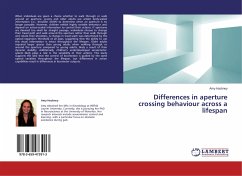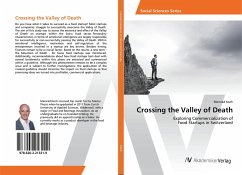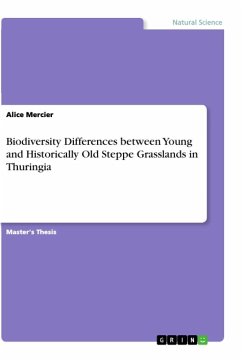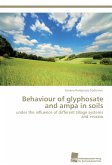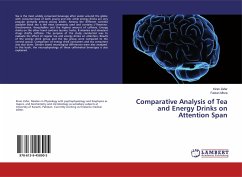When individuals are given a choice whether to walk through or walk around an aperture, young and older adults use similar body-scaled information (i.e., shoulder width) to determine when an aperture is no longer passable. However, children exhibit highly variable behaviour and depend on action-scaled information to control their actions. If apertures are deemed too small for straight passage, individuals choose to change their travel path and walk around the aperture rather than walk through and rotate their shoulders. A change in travel path was determined by the optical expansion threshold at all ages, suggesting that the ability to use this visual information is intact throughout the lifespan. Older adults required larger spaces than young adults when walking through or around the aperture compared to young adults, likely a result of their dynamic stability. Additionally, children's underdeveloped sensiomotor system likely plays a role in the variability of their actions. This study supports the idea that the control of locomotion is guided by the same optical variables throughout the lifespan, but differences in action capabilities result in differences in locomotor outputs.
Bitte wählen Sie Ihr Anliegen aus.
Rechnungen
Retourenschein anfordern
Bestellstatus
Storno

